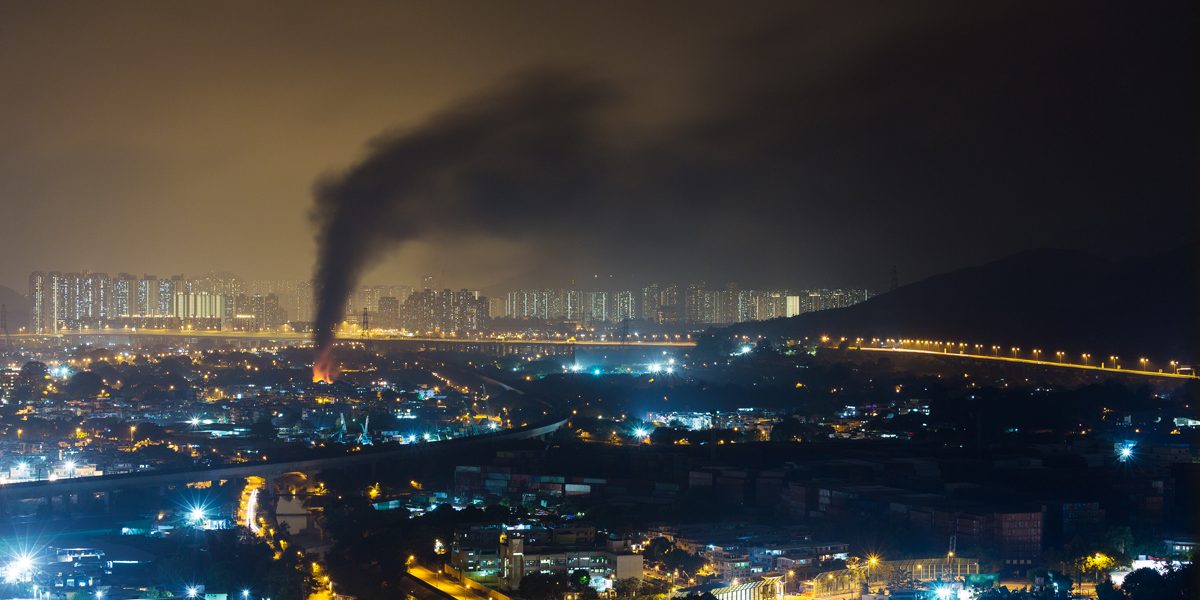A fire water system, also known as a fire protection water system, is a specialized system designed to provide a reliable and adequate water supply for fire-fighting purposes. Its primary function is to ensure the availability of water in the event of a fire emergency to suppress and control fires. Fire water systems are an essential component of fire safety in various settings, including residential, commercial, industrial, and institutional facilities.
Key components and features of a typical fire water system may include:
- Water Storage Tanks: Fire water systems often include dedicated water storage tanks or reservoirs that hold a large volume of water. These tanks are designed to provide a continuous and sufficient water supply for firefighting efforts.
- Fire Pumps: Fire pumps are used to pressurize and distribute the water from the storage tanks or the municipal water supply to various parts of the building or facility. These pumps ensure that water can reach the required locations, such as fire hydrants, sprinkler systems, and hose connections.
- Fire Hydrants: Fire hydrants are strategically located around a property or along streets to provide easy access to water for firefighting operations. Firefighters can connect hoses to hydrants to access the water supply quickly.
- Fire Sprinkler Systems: Many buildings, especially commercial and industrial facilities, are equipped with automatic fire sprinkler systems. These systems use water from the fire water supply to suppress fires within the building.
- Standpipes: Standpipe systems consist of a network of pipes and hose connections within a building, allowing firefighters to connect hoses at various levels. This enables them to access water from the fire water system and fight fires from inside the structure.
- Hose Reels and Nozzles: Hose reels and nozzles are used for manual firefighting. They are typically located in easily accessible areas and provide a means for building occupants or firefighters to combat small fires.
- Alarms and Detection Systems: Fire water systems often integrate with fire alarms and detection systems to trigger the release of water and notify authorities when a fire is detected.
- Backflow Prevention Devices: To prevent contamination of the public water supply, backflow prevention devices are installed in fire water systems to ensure that water used for firefighting does not flow back into the municipal water system.
- Maintenance and Testing: Regular maintenance and testing are critical to ensure the reliability of the fire water system. This includes inspections of pumps, valves, pipes, and other components to confirm they are in working order.
Fire water systems are a vital part of fire protection measures and are required by building codes and regulations in most jurisdictions. They are designed to provide an effective means of fire suppression, helping to protect lives and property in the event of a fire emergency. The specific design and features of a fire water system can vary depending on the type of facility and local regulatory requirements.





